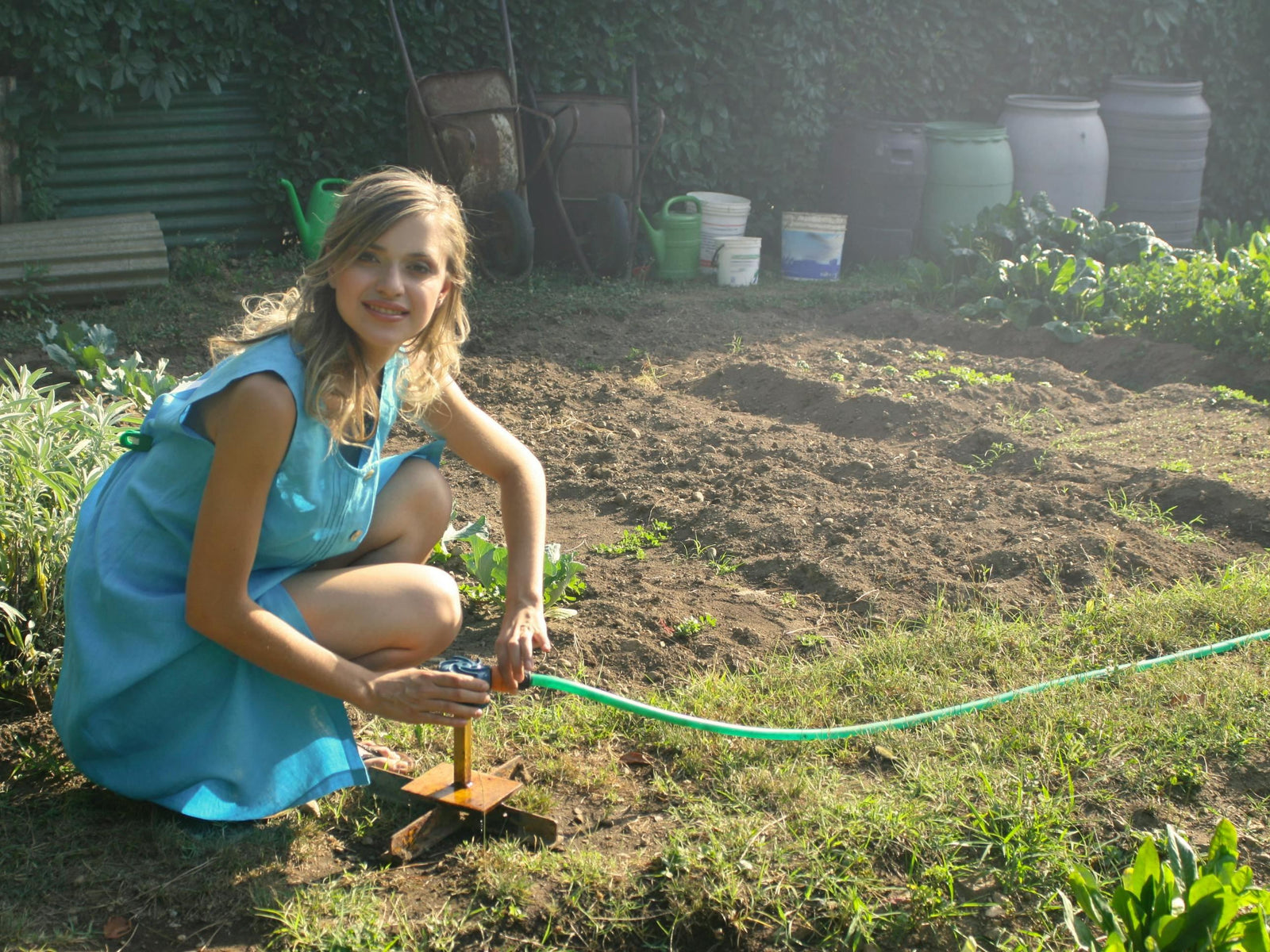In a world where sustainable living and resource conservation are increasingly important, creating a water-efficient garden in a small space is both an environmentally responsible and personally rewarding endeavor. Whether you have a modest balcony, a compact backyard, or even a rooftop terrace, thoughtful planning and smart practices can turn a limited area into a thriving green sanctuary. This guide will walk you through the key steps to designing, planting, and maintaining a garden that maximises water efficiency without sacrificing beauty or productivity.
1. Understand Your Space and Sunlight Patterns
The foundation of any successful garden starts with a clear understanding of the space you have. Observe the sunlight throughout the day and map out areas that receive full sun, partial shade, or full shade. In small spaces, sunlight can be limited by buildings, walls, or other structures. Identifying these patterns will help you select the right plants for each micro-environment.
Consider using vertical gardening techniques, such as wall planters, trellises, or hanging baskets, to make the most of limited space. These methods not only increase growing capacity but also improve air circulation and accessibility for watering and maintenance.

2. Choose the Right Plants for Water Efficiency
Selecting plants that are well-suited to your environment and water-saving goals is critical. Look for drought-resistant varieties, such as succulents, lavender, rosemary, and native grasses, which thrive with minimal watering. Incorporate compact vegetables like spinach, lettuce, and radishes, which do well in containers and raised beds. Mixing ornamental and edible plants creates a diverse, resilient garden that meets both aesthetic and practical needs.
Group plants with similar water requirements together. This not only simplifies watering schedules but also reduces the risk of over- or under-watering. Placing water-thirsty plants in shadier areas and drought-tolerant species in sunny spots helps balance the microclimate.
3. Prepare Soil and Apply Mulch for Moisture Retention
Healthy soil is the backbone of any garden, particularly when aiming for water efficiency. Enrich your soil with organic matter like compost, aged manure, or worm castings to improve water retention and nutrient availability. Well-prepared soil reduces the need for frequent watering and supports robust plant growth.
Adding a layer of mulch—such as wood chips, straw, bark, or decorative stones—further conserves moisture by reducing evaporation, regulating soil temperature, and suppressing weeds. In small spaces, mulching can also enhance visual appeal by giving garden beds a polished, cohesive look.

4. Implement Smart Irrigation Systems
Efficient irrigation is essential in any water-wise garden, and this becomes even more critical in confined areas where water access may be limited. Traditional watering methods like hoses or watering cans can waste water and risk uneven distribution.
A great solution is incorporating a flower watering sprayer adjustable sprinkler into your garden. This adjustable irrigation system is designed to deliver water directly to plant roots, reducing waste and ensuring even coverage. The customizable spray heads allow you to fine-tune water flow for different plant types and sizes, which is especially beneficial in small gardens where diverse plant species coexist. Made from high-quality, wear-resistant materials, this system is built to last under outdoor conditions, saving you time and effort while promoting healthy plant growth.
5. Maximise Water Collection with Rain Barrels or Recycled Water
Water-efficient gardens benefit greatly from rainwater harvesting systems. Even in small spaces, installing a compact rain barrel under a downspout or on a balcony can provide a sustainable water source. Reusing kitchen rinse water (known as greywater) for non-edible plants is another eco-friendly option.
Position your collection system to capture the maximum amount of runoff, and use the harvested water for hand-watering or filling irrigation systems. This not only reduces your reliance on municipal water but also supports a more self-sufficient and sustainable gardening practice.

6. Optimise Plant Placement for Airflow and Sunlight
Strategically arranging your plants can have a significant impact on water efficiency. Taller plants can provide shade to smaller, moisture-sensitive species, reducing evaporation rates. Creating layers of vegetation helps capture moisture and moderate temperature fluctuations, while also promoting biodiversity and pest control.
Use planters with good drainage and self-watering capabilities where possible. In vertical gardens, arrange plants based on water needs, placing drought-tolerant species at the top and those requiring more moisture at the bottom to take advantage of gravity-fed irrigation.
7. Monitor and Adjust Regularly
A water-efficient garden is dynamic, and ongoing observation is key to its long-term success. Regularly check soil moisture levels, look for signs of over- or under-watering, and adjust your irrigation schedule and flow rates accordingly. Weather conditions, plant growth stages, and seasonal changes will all influence your watering needs.
Using tools like soil moisture meters or even your finger can help you gauge when watering is needed. The adjustable features of systems like the flower watering sprayer adjustable sprinkler allow for easy tweaks to suit changing conditions, ensuring your garden remains hydrated without unnecessary water use.

8. Maintain and Upgrade Your Systems
Routine maintenance of your irrigation system, soil health, and plants ensures that your garden continues to thrive. Clean nozzles and filters, inspect for leaks or clogs, and replace worn parts as needed. Consider upgrading to more advanced watering solutions, such as programmable timers or drip systems, as your garden evolves.
Investing time in these upkeep tasks not only conserves water but also enhances the overall health and productivity of your garden.
Conclusion
Creating a water-efficient garden in a small space is a thoughtful blend of smart planning, plant selection, and innovative tools. By incorporating drought-resistant plants, enriching soil with organic matter, using mulch, and implementing precise irrigation systems like the flower watering sprayer adjustable sprinkler, you can cultivate a vibrant garden that thrives with minimal water use.
With regular monitoring and care, your compact green space can provide beauty, fresh produce, and a peaceful retreat—all while conserving one of our most precious resources. Start building your sustainable garden today and experience the rewards of thoughtful, efficient gardening.

